


The Participatie Maatschappij Vlaanderen (Flanders Participation Society) has been assigned by the Flemish Region, City of Antwerp and Waterwegen & Zeekanaal (W&Z) to redevelop the Loodswezensite (Pilotage Building site) in Antwerp. The area is home to several protected monuments, including the Buoy Shed and the Pilotage Building itself, which until recently has housed the water-related entities of the Flemish Government. Currently, the outdoor space is used for storage and parking. The new RUP calls for the development of a tidal garden around the historic Marguerie dock, an entrance plaza on the Red Light District side and an event area toward the North Terrace. In collaboration with a diverse team, Karres en Brands has created a design for the project.
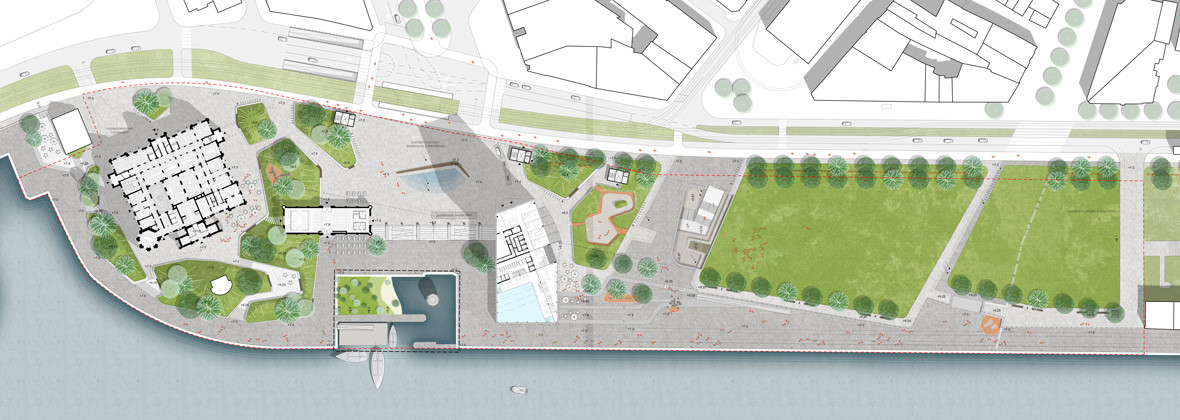
The quays are undoubtedly Antwerp’s most characteristic landscape. Although it has been a long time since they were used purely by the port, they are still partially accessible. However, a fence blocks the direct contact between the city and river. It is an area worthy of recognition, but its dignity is undermined by a concrete retaining wall, excessive parking and neglect. Antwerp has many faces, all of which are entitled to a unique relationship with the river; thus, the intention is not to create a uniform image for all the quay zones.

Nevertheless, some form of unity, coherence and continuity along the quays is desired. Therefore, a unique design language has been chosen within the project area, while still recognising distinct zones where different sub-characters emerge: the green oasis for the tidal gardens, the urban forecourt, the active outdoor area around the new building and the spacious, green area along the Scheldt, which is ideal for multi-purpose use and events.
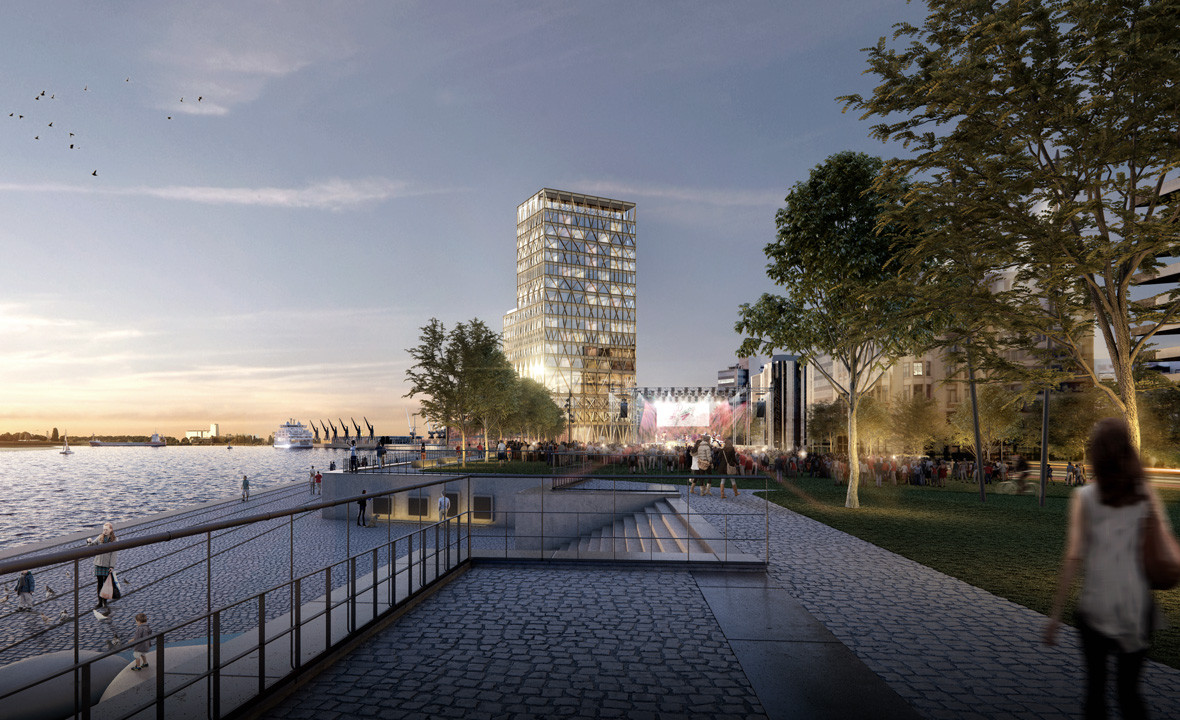
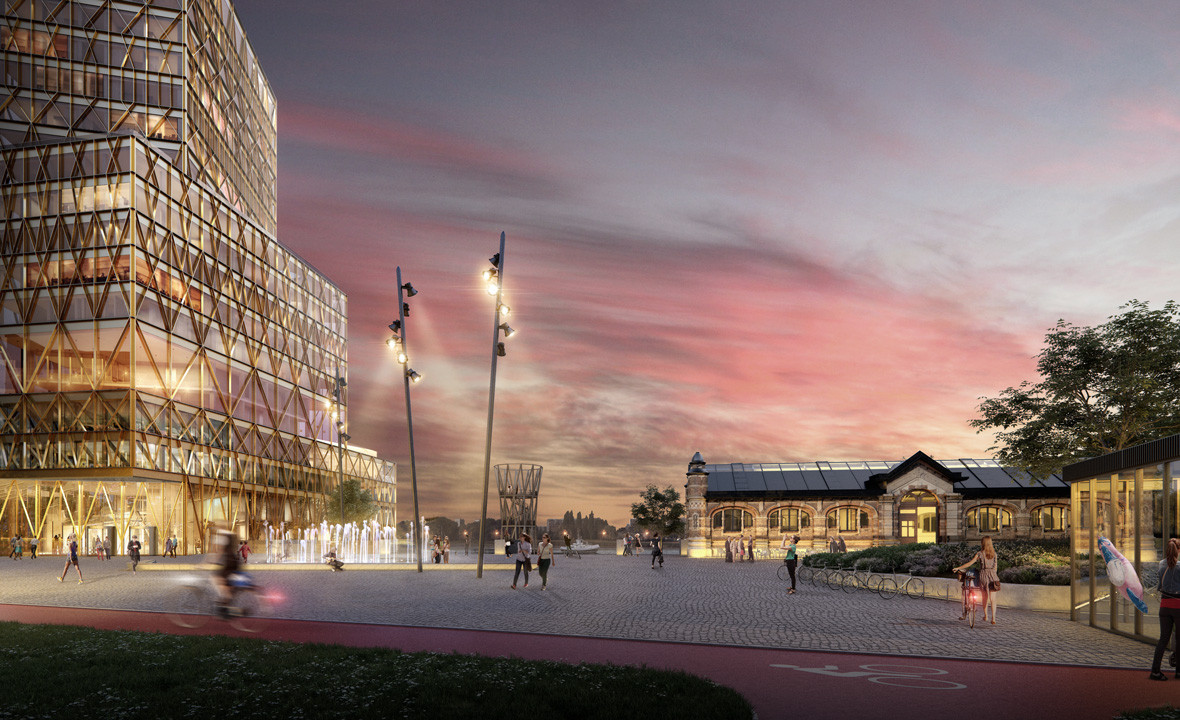
The karres+brands design for the Antwerp quays’ outdoor space includes a large, two-metre-high dam, which forms an integral part of the public domain. This makes the dam less recognisable as such and allows it to assume the context’s character. Rather than being a physical or mental barrier, it connects the city to the water. In various places, the dam can accommodate functional elements such as stairs, benches, play installations or viewing points.
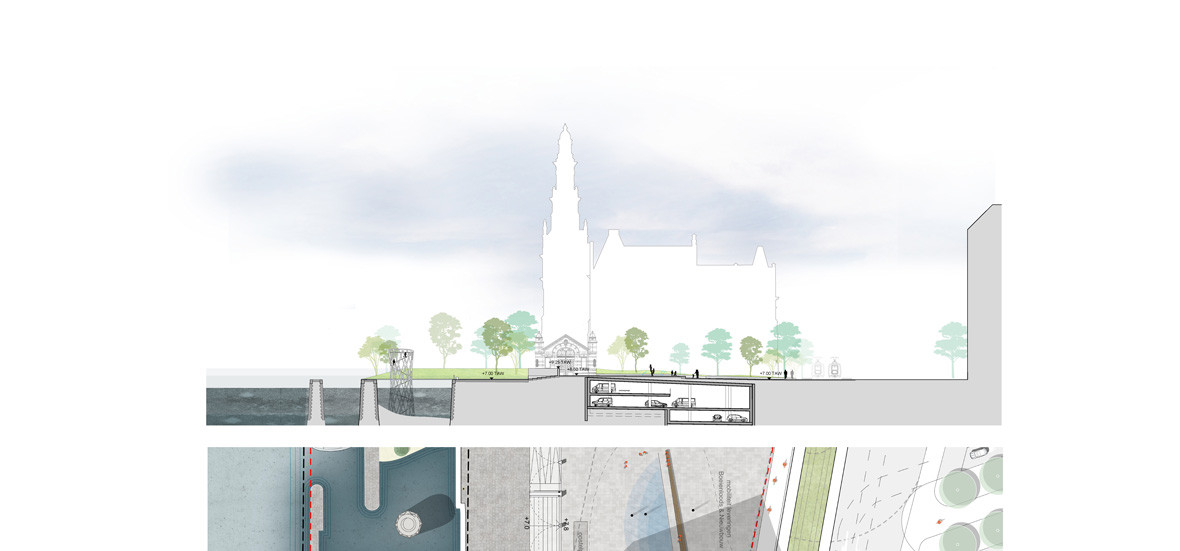
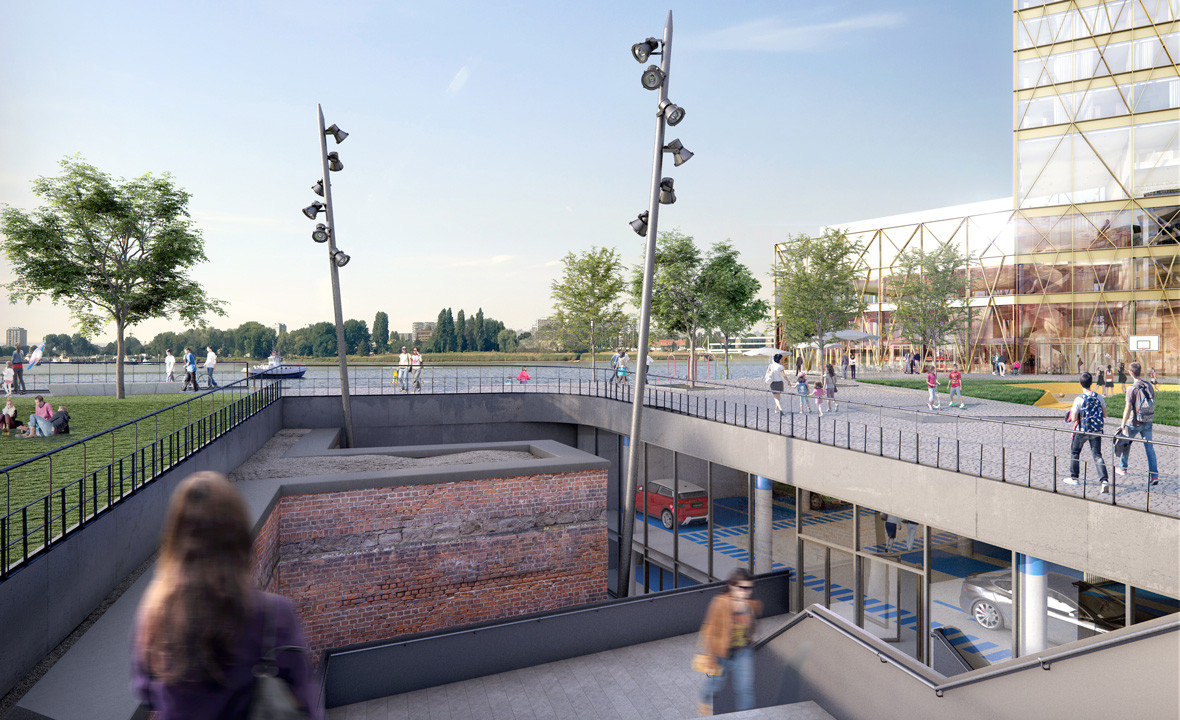
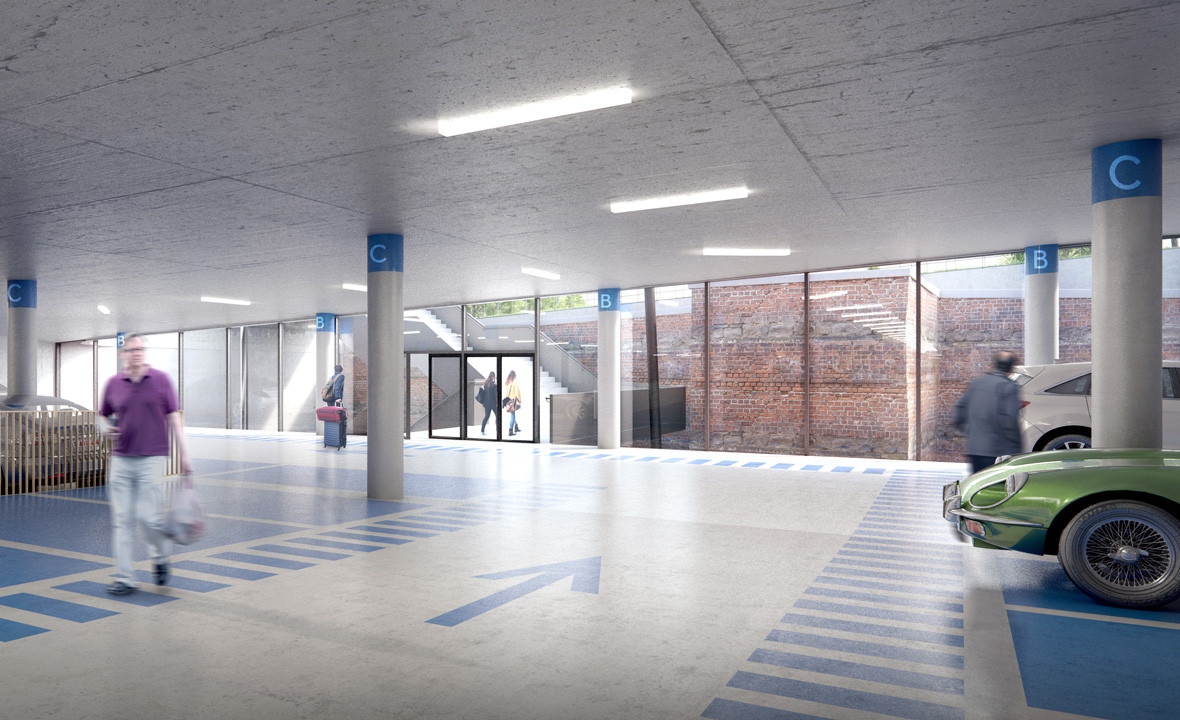
The subsoil around the Pilotage Building is characterised by archaeological remains from medieval roads, historic shipyards, streams, medieval houses, and the Napoleonic quay walls. Everything aboveground was levelled in the 19th Century, but the underground has been well preserved. These remains bring history to life in the public domain, and the design derives its identity from the place.
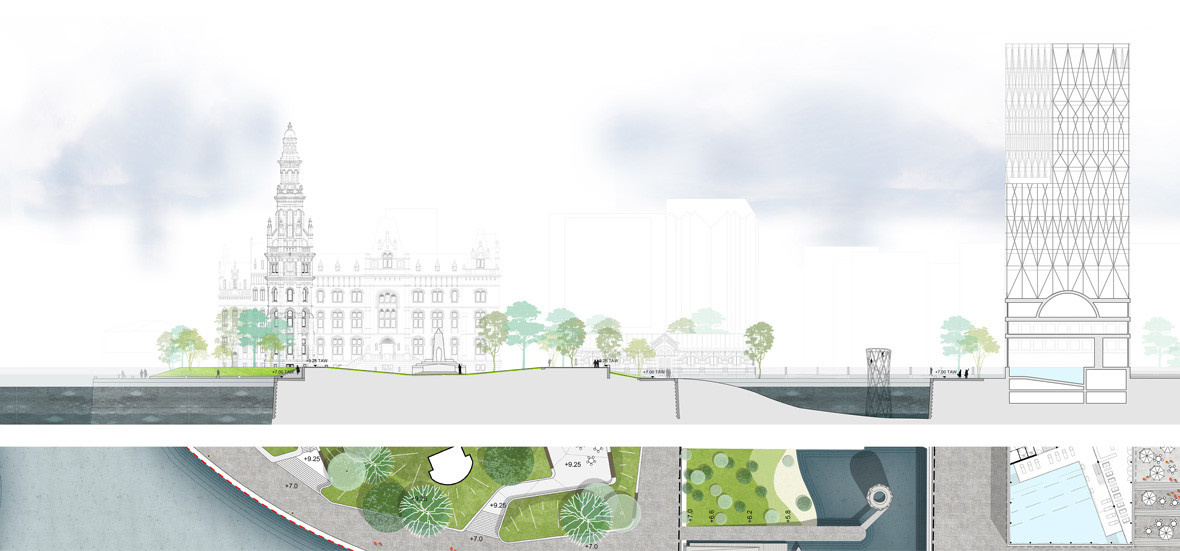

| Location. | Antwerp, Belgium |
|---|---|
| Assignment | Develop outdoor space |
| Size | 3.4 hectares / 32,250 m² GFA |
| Design | 2016 |
| Status | Competition entry, tender cancelled |
| Team | Sylvia Karres, Bart Brands, Jeroen Matthijssen, Joep Meijer, Darius Reznek |
| In collaboration with | VanHaerents, Artes Projects, B-architecten, Mouton, ARVS, Arcadis and Cenergie |